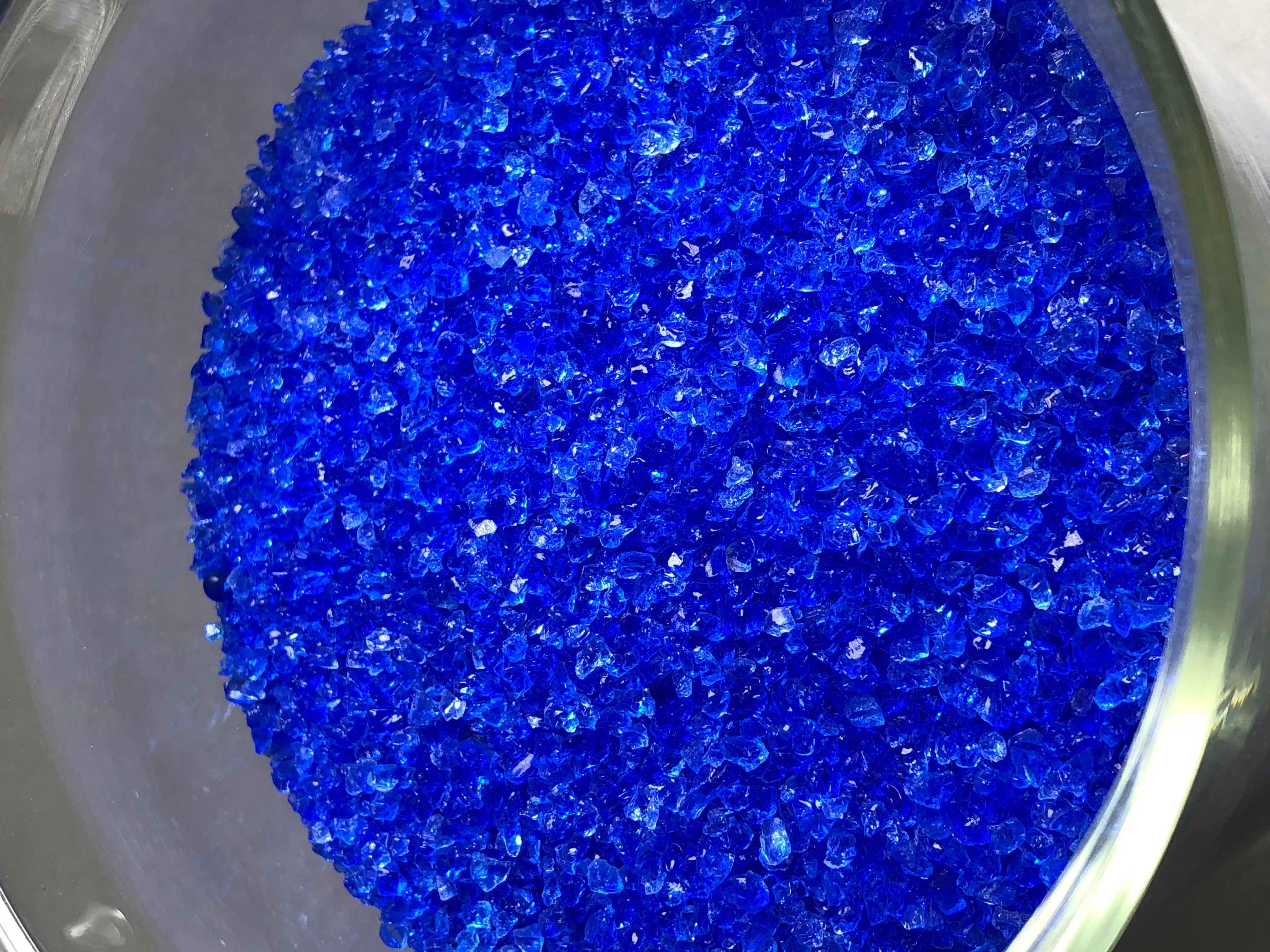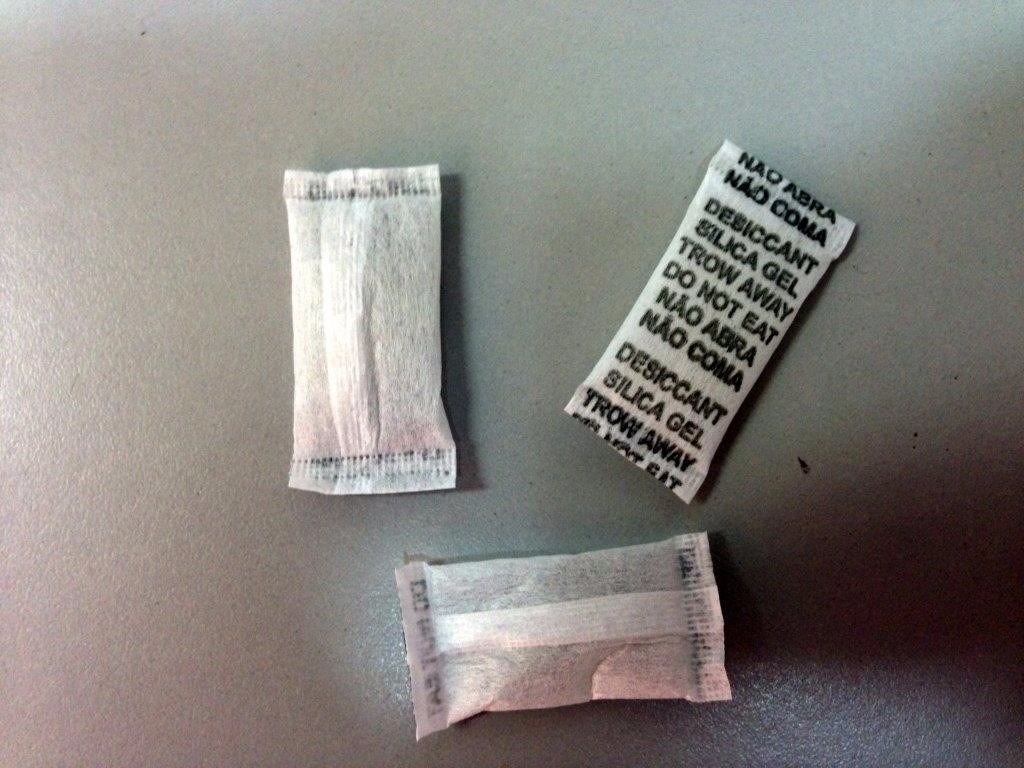
Ni-NTA Magnetic Beads have nitrilotriacetic acid (NTA) groups with charged nickel covalently bound to the surface dextran of the beads. G-Biosciences’ Ni-NTA Magnetic Beads are 3µm beads designed for the rapid purification of His-tagged proteins. Finally, amine reactive heterobifunctional cross-linkers can be used to introduce other functional groups for coupling ligands. Alternatively, carbodiimide cross-linkers can be used to couple ligands to the amines via their carboxyl groups. Immobilization of ligands can be through reductive amination of aldehyde or ketones without prior activation of the bead surface. The Amine Magnetic Beads with surface-reactive amino groups allow immobilization of ligands such as proteins, peptides, carbohydrates or other target specific molecules. The hydrophilic surface ensures the magnetic beads excellent dispersion ability and easy handling property in a wide variety of buffers. Through chemical modification of dextran, the carboxyl groups (-COOH) are joined to the magnetic beads through a short hydrophilic linker. The magnetic bead consists of a single-crystal Fe 3O 4 sphere core and dextran coating layer.
#SILICA BEADS FREE#
Molecules can be coupled to the free amine by numerous amine-reactive methods utilizing Carboxyl Magnetic Beads. Recombinant Protein A or Recombinant Protein G is covalently coupled to the dextran coat to produce an enhanced alternative to agarose slurries for immunoprecipitation experiments. Protein A and Protein G Magnetic Beads are a simple and affordable way to purify your antibodies of choice. Save time and money by substituting your column based nucleic acid purification with a silica coated magnetic bead technique. Rapid purification of proteins and antibodies is simple with coated magnetic beads.


Magnetic bead purification techniques offer some significant advantages over traditional protein and nucleic acid purification techniques.


 0 kommentar(er)
0 kommentar(er)
